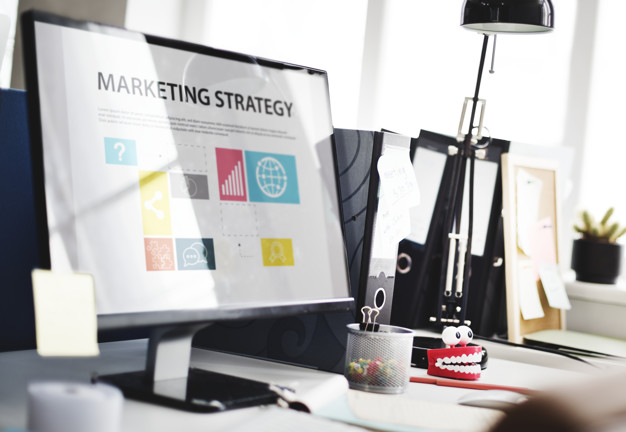Course Objectives Rotating Equipment Optimisation with Continuous Reliability Improvement (CRI)
- Apply the proven methodologies and templates which are introduced
- Focus on key areas of reliability
- Understand the nature of failure and how this affects the performance of rotating equipment
- Make the right maintenance choices for strategic equipment
- Reduce the impact of plant downtime
- Unlock the true potential of all of their people
Course Outline of Rotating Equipment Optimisation with Continuous Reliability Improvement (CRI)
Day 1
Understanding the link between Reliability and competitive advantage
- Definition of Reliability
- Probability of failure
- Reliability metrics
- Strategic Importance of Reliability
- Assessing current performance
- Making the right strategic choices
Day 2
Using reliability modeling to establish inherent reliability
- Basic modeling building blocks
- Deterministic models
- Probabilistic models
- Markov chains
- Monte Carlo models
- Case study examples
Day 3
Understanding the nature of failures in order to make the best response
- Origins of failure
- Failure types
- Six common patterns
- Analysing failure patterns
- Weibull analysis
- Maintenance tasks
Day 4
Optimising your failure management to ensure that maintenance is cost-effective
- Risk assessment & criticality
- Equipment functions
- Functional failures
- Failure modes and effects analysis
- Failure consequences
- Maintenance task selection
- Producing a practical maintenance plan
Day 5
Setting up a continuous reliability improvement process in order to improve performance
- Assessing the improvement potential versus the costs
- Obtaining senior management support
- Establishing the project framework
- Technical aspects
- Human considerations
- Likely results





